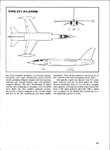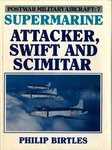Matt308
Glock Perfection
Unfortunately, this is the age of the US and other New Entrant countries - the UK will increasingly have to take a back-seat and accept our diminished position in the world
Well surely that attitude won't help. While ability to realistically assess current situations is helpful, resolving yourself to second class is not in the British spirit of the past. Stiff upper lip and all that. The UK holds a pretty powerful political and military position in the world. Don't deny your country its dues. And the US views the UK as its most staunchest allie.



